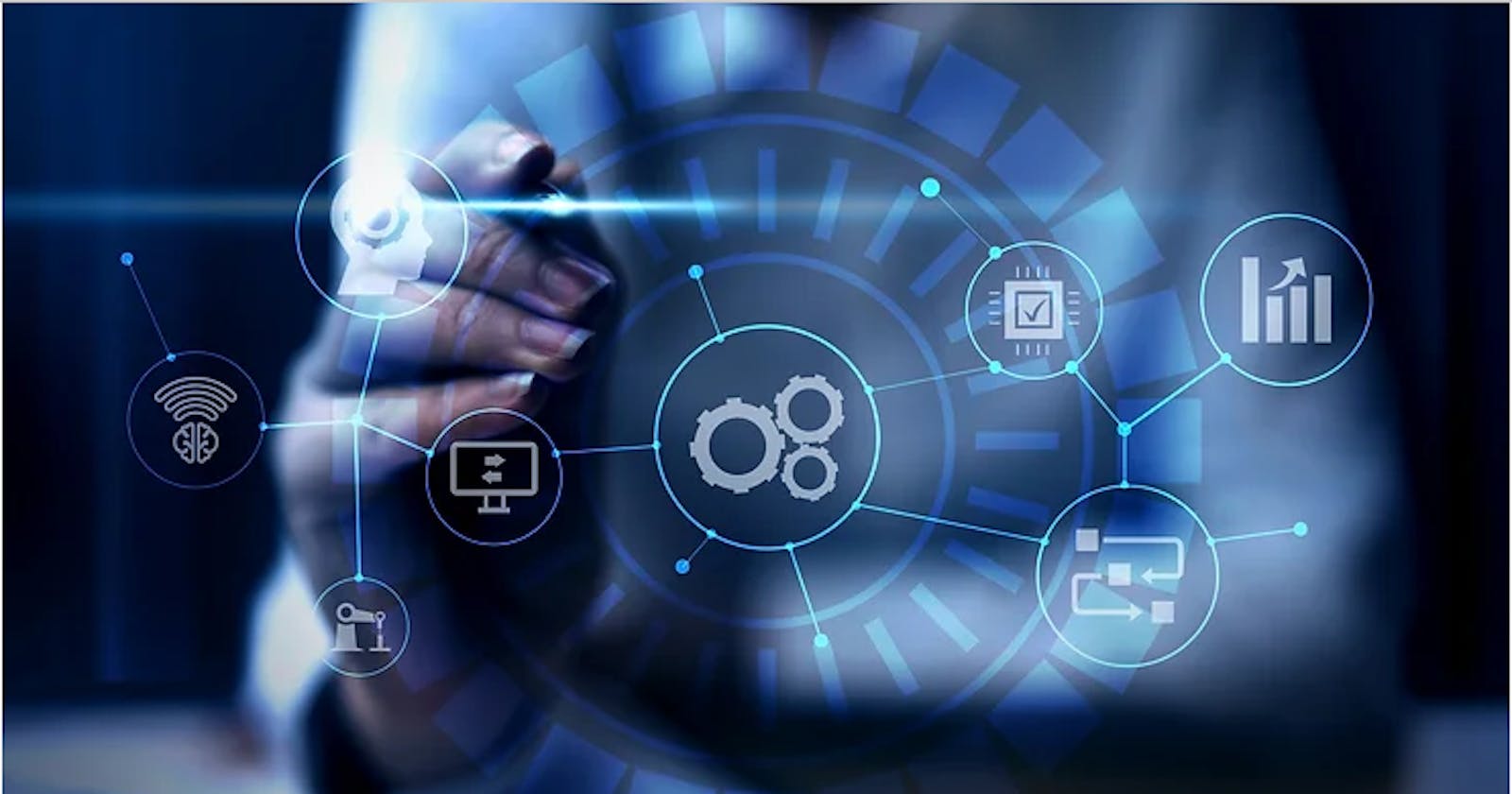Information Technology (IT) and Operational Technology (OT) are two terms that are often used interchangeably in the business world, but they are actually quite different. In this blog post, we'll explore the differences between IT and OT, and why it's important for businesses to understand these distinctions.
What is IT?
IT refers to using computers, software, and other technology to manage and process information. IT is typically focused on data processing, storage, and communication. Examples of IT applications include email systems, databases, and software applications. IT is an essential component of modern businesses, enabling them to automate processes, improve efficiency, and analyze data to make better decisions. IT departments are typically responsible for managing the technology infrastructure of a company, including servers, networks, and workstations.
What is OT?
OT refers to using technology to monitor and control physical processes, such as manufacturing, transportation, and building systems. OT is typically focused on real-time data collection and analysis, with the goal of optimizing operations and improving efficiency. Examples of OT applications include supervisory control and data acquisition (SCADA) systems, manufacturing execution systems (MES), and building automation systems (BAS). OT is an essential component of many industries, enabling them to monitor and control critical processes in real time, which is essential for maintaining safety, quality, and productivity. OT departments are typically responsible for managing the technology infrastructure of a company's physical operations, including sensors, controllers, and actuators.
IT vs OT: What's the Difference?
The primary distinction between IT and Operational Technology (OT) lies in their respective focuses. IT Support centers around information processing and communication, ensuring the accuracy, confidentiality, and availability of data at rest. Conversely, OT is geared towards physical process control and monitoring, prioritizing reliability, safety, and performance, and dealing with data in motion. Notably, IT employs general-purpose hardware and software for tasks such as server management and enterprise applications, while OT relies on specialized hardware and software like sensors and custom applications, making it more intricate and necessitating specialized skills.
Why IT and OT Need to Work Together
While IT and OT have different focuses and technologies, they are both essential components of modern businesses. In fact, many businesses are now recognizing the need for these two departments to work together more closely, to achieve better outcomes.
For example, IT Support in Sacramento can provide valuable support to OT by providing data analytics and visualization tools, which can help OT teams to identify patterns and trends in their data. This can enable OT teams to optimize their processes, reduce waste, and improve overall performance.
On the other hand, OT can provide valuable support to IT by providing real-time data streams, which can help IT teams to monitor the health and performance of their technology infrastructure. This can enable IT teams to proactively identify and resolve issues, before they become critical.
In order to achieve these benefits, it's important for IT and OT teams to work together closely, and to develop a shared understanding of each other's goals, priorities, and technologies. This may require cross-training, joint projects, and other collaborative efforts, but the benefits can be substantial.
Conclusion
IT and OT are two essential components of modern businesses, each with its own distinct focus and technology. While they are different, they are also complementary and can work together to achieve better outcomes. By recognizing the differences between IT and OT, and by developing a collaborative approach.
To Find Enfology Services on Google Maps:
